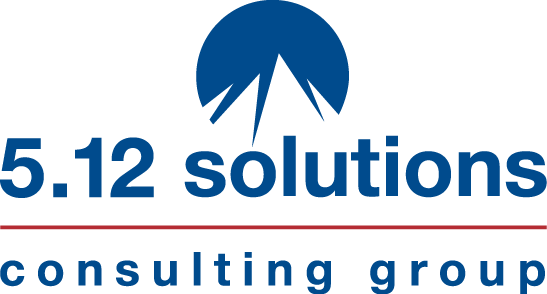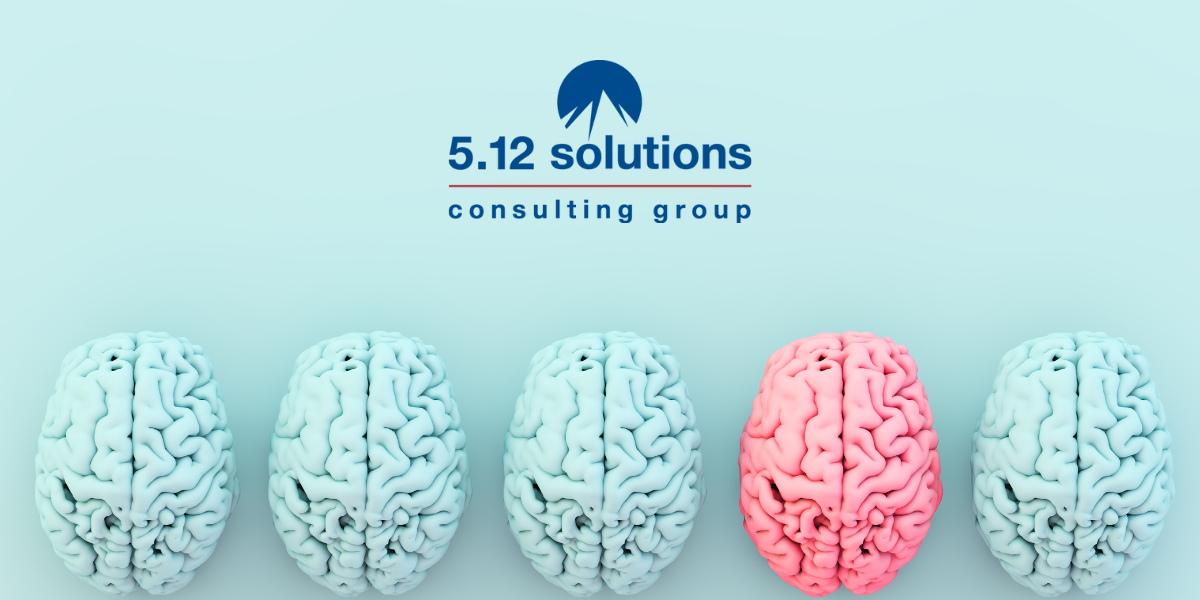“I’m going to show my bias today.”
Who wakes up in the morning and says that?!
The painful truth is that we all have unconscious bias. Research proves it.
The Far-Reaching Impacts of Unconscious Bias
Unconscious bias can have a direct impact on problem solving, decision making and the overall health of our organizational cultures.
And while you may think that you “don’t see color” or “don’t judge others,” we are all biased. It’s part of the human condition.
The good news is that the past few decades of neuroscience and behavioral research have provided a ton of information explaining the why and how behind unconscious bias.
Shifting from Unconscious Bias to Intentional Inclusion
Here are some words of wisdom gleaned from my recent podcast, where I connected with Dr. Amy Tolbert, a member of the distinguished faculty network at Carlson Executive Education and the founder and principal of a global firm, ECCO International. Listen to the full episode here.
Our conversation was filled with leadership insight on navigating from unconscious bias in the workplace to intentional inclusion.
It starts with acknowledgement:
“Probably the number one issue in unconscious bias is the reluctance of people to even admit that they have it because they think, Oh, that means that I’m…” Those are powerful words from Dr. Tolbert, who explains that words like “prejudice” and “stereotypes” are also seen as big, bad ugly words – even though they’re part of who we are.
Neuroscience backs it up.
Have you ever said or done something, only to look back wondering “Where did that come from?” Blame it on an amygdala hijack. The amygdala and the hippocampus reside in the center brain, and ultimately determine judgment around a stimulus. When you’ve been “hijacked,” you’re no longer really in control of your emotions.
A triggering event happens. What to do?
When the amygdala jumps in and gives you that initial response, you may not realize that you cannot have a rational thought for around 15 to 20 minutes. That’s because it dumps those natural drugs into your system, which take time to be flushed out.
The good news is that you can do simple things to speed it up. A few quick tips:
- Get up and walk around, if you can.
- If you’re in a car, pull over.
- Take a deep breath. Drink some water.
Fall prey to unconscious bias…or rise above it?
If we can redefine how we think about it, unconscious bias becomes something we all deal with – and that we each must work on. Given that just 15% of what we do is conscious (yes, really), consider what that means from a leadership perspective…
You’re in a meeting. Who are your go-to people that you normally seek input from? And who are those that are speaking that often discounted unintentionally?
As a leader setting the role model, we must align our intent with our impact – instead of making excuses or blaming.
Leaders, seek feedback always.
Be grateful “if somebody is brave enough as a leader to tell you what you’ve done in a meeting or in a hiring situation or in a decision-making process where they witnessed bias, perhaps, and they pointed it out,” says Dr. Tolbert. It’s a gold mine.
And if you’re not getting those cues? Seek out feedback. Hint: Don’t ask for feedback only from those in your trusted inner circle who may simply confirm your behavior. Expand your network, widen your perspectives, and think more with intellectual humility. Yes, it requires vulnerability.
As leaders, we need to be accountable for our own behavior, says Dr. Tolbert.
Our intent isn’t what we’re measured on. Our impact is.
Our greatest gift as human beings is our ability to adapt. I believe that the more we can tap into our humanity, the more successful we can be in business and beyond. That’s why I focus so much of my work on giving leaders the roadmap needed to cultivate healthier, more aligned, and deeply human workplaces. I invite you to explore my latest book, where I explore the Six Cs of ‘The Human Workplace Needs Model’.


(2) Comments